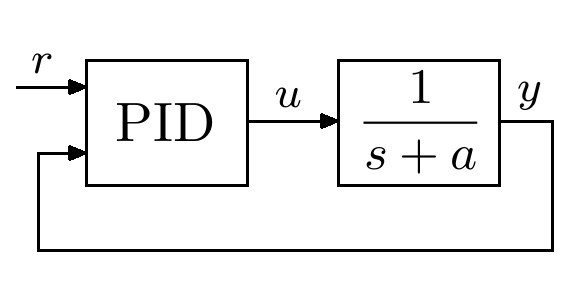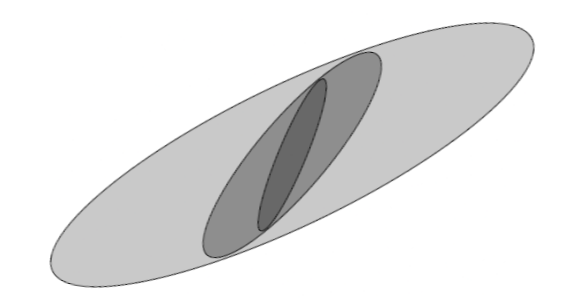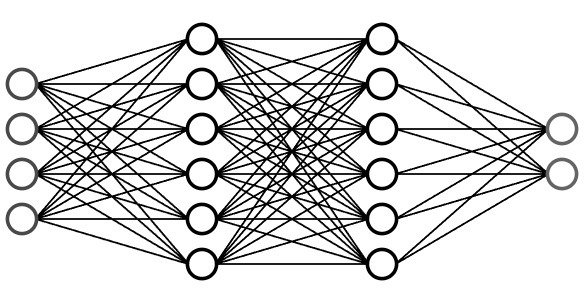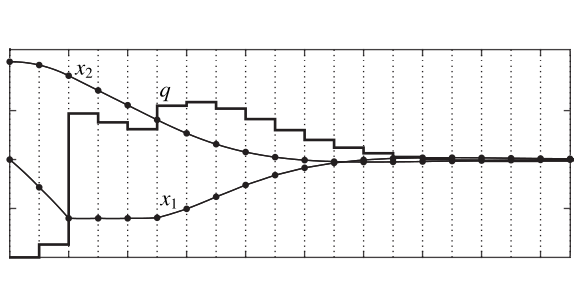Modeling, estimation, and control in large-scale urban road networks with remaining travel distance dynamics
Sirmatel, I. I., Tsitsokas, D., Kouvelas, A., & Geroliminis, N. (2021). Modeling, estimation, and control in large-scale urban road networks with remaining travel distance dynamics. Transportation Research Part C: Emerging Technologies, 128, 103157. https://doi.org/10.1016/j.trc.2021.103157 (full text pdf)
Abstract: City-scale control of urban road traffic poses a challenging problem. Dynamical models based on the macroscopic fundamental diagram (MFD) enable development of model predictive perimeter control methods for large-scale urban networks, representing an advanced control solution carrying substantial potential for field implementation. In this paper we develop a multi-region approximation of the trip-based model, which describes in more details the trip length characteristics compared to existing accumulation-based models. The proposed M-model includes effects of the total remaining travel distance on the transfer flows driving the vehicle accumulation dynamics, potentially yielding improved accuracy over the standard production-over-trip length approximation of the outflow MFD considered in many works on MFD-based modeling and control. We explain that to properly perform perimeter control, boundary queue dynamics have to be integrated. Furthermore, model-based parameter estimation (MBPE), nonlinear moving horizon observer (MHO), and model predictive control (MPC) formulations for the proposed models are presented, forming an integrated traffic control framework. Microsimulation-based case studies, considering an urban network with 1500 links, where the model parameters obtained by MBPE method are used in MHO and MPC design, demonstrate the efficient operation of the proposed framework.





Leave a Comment